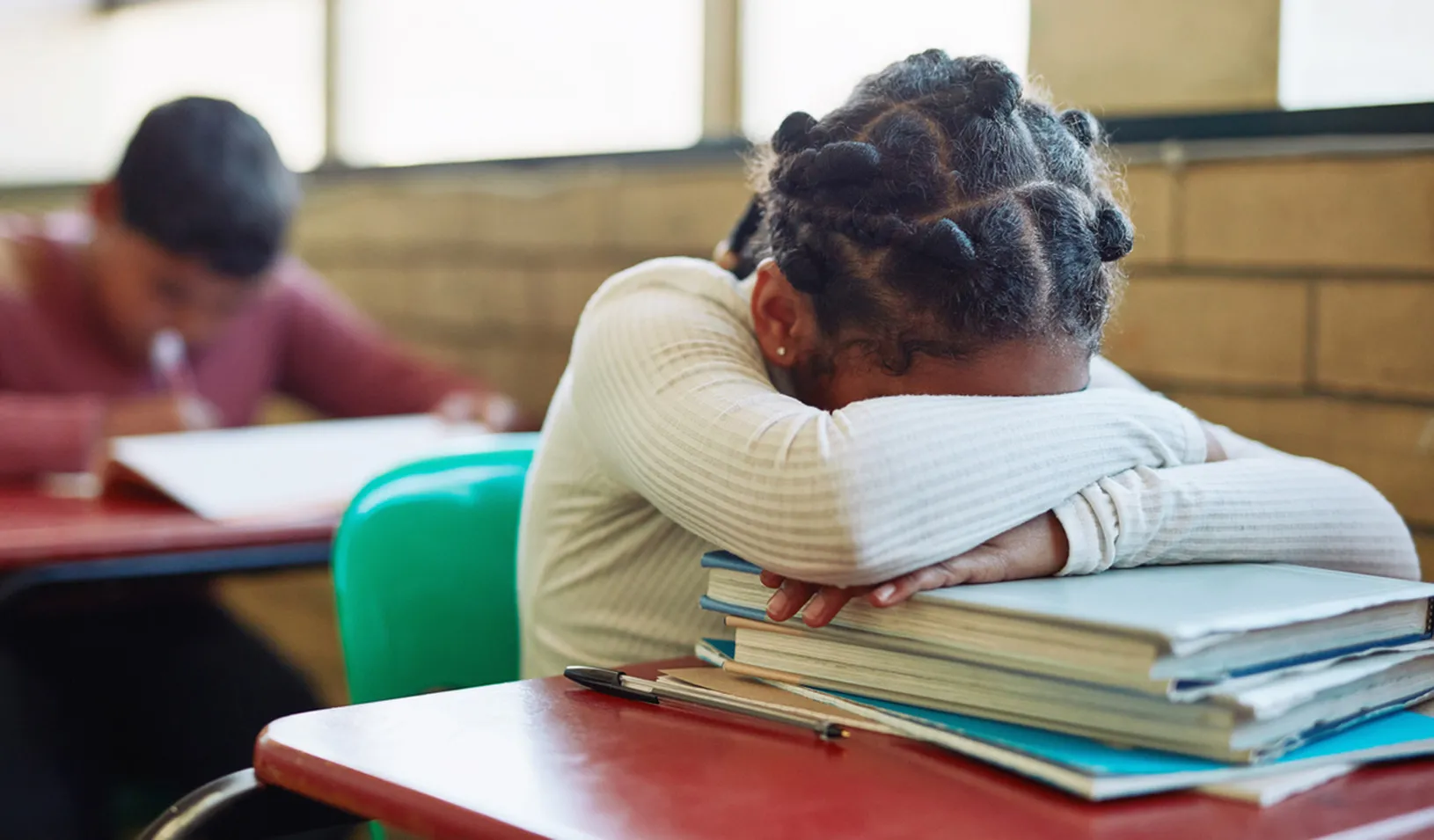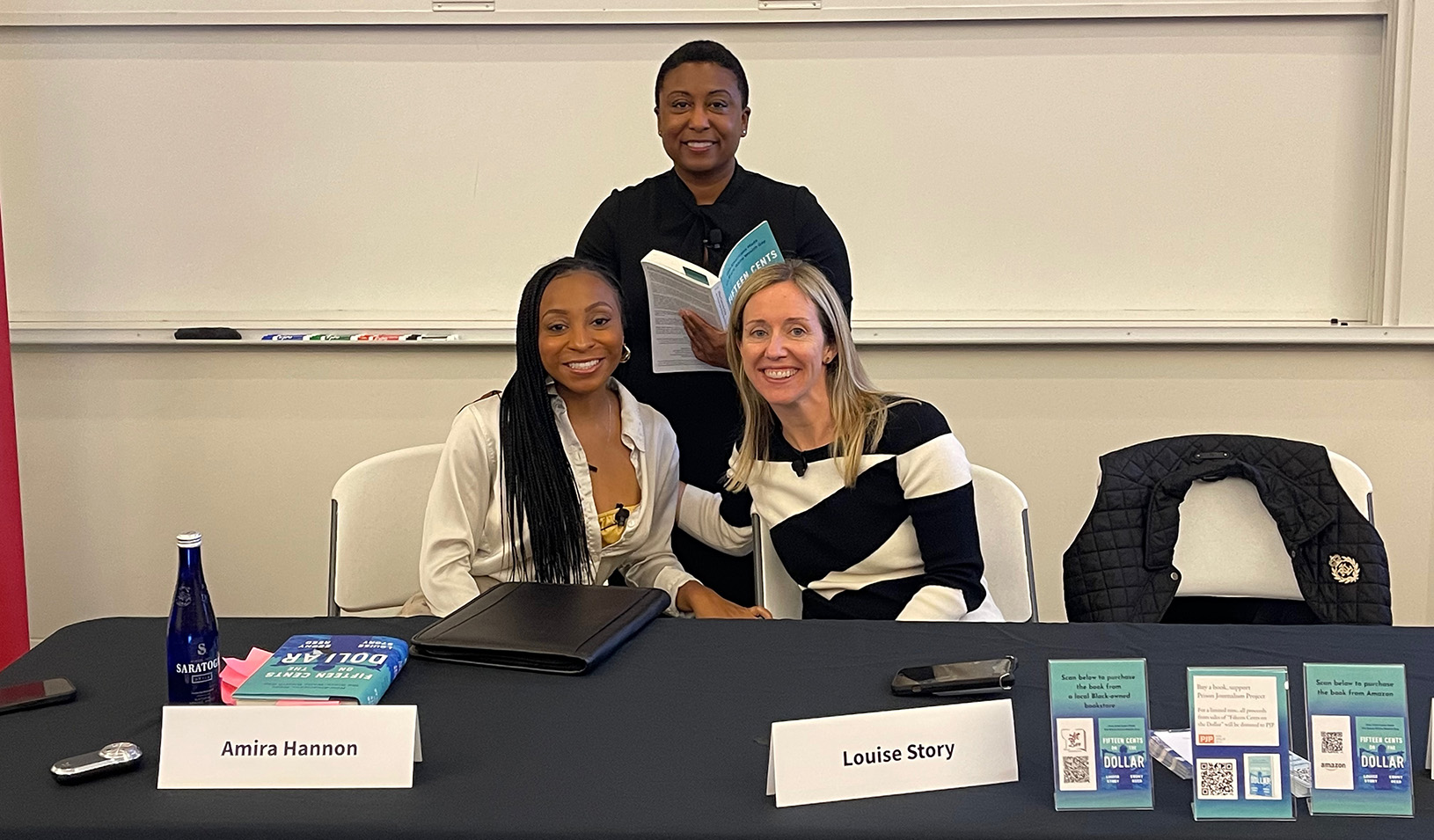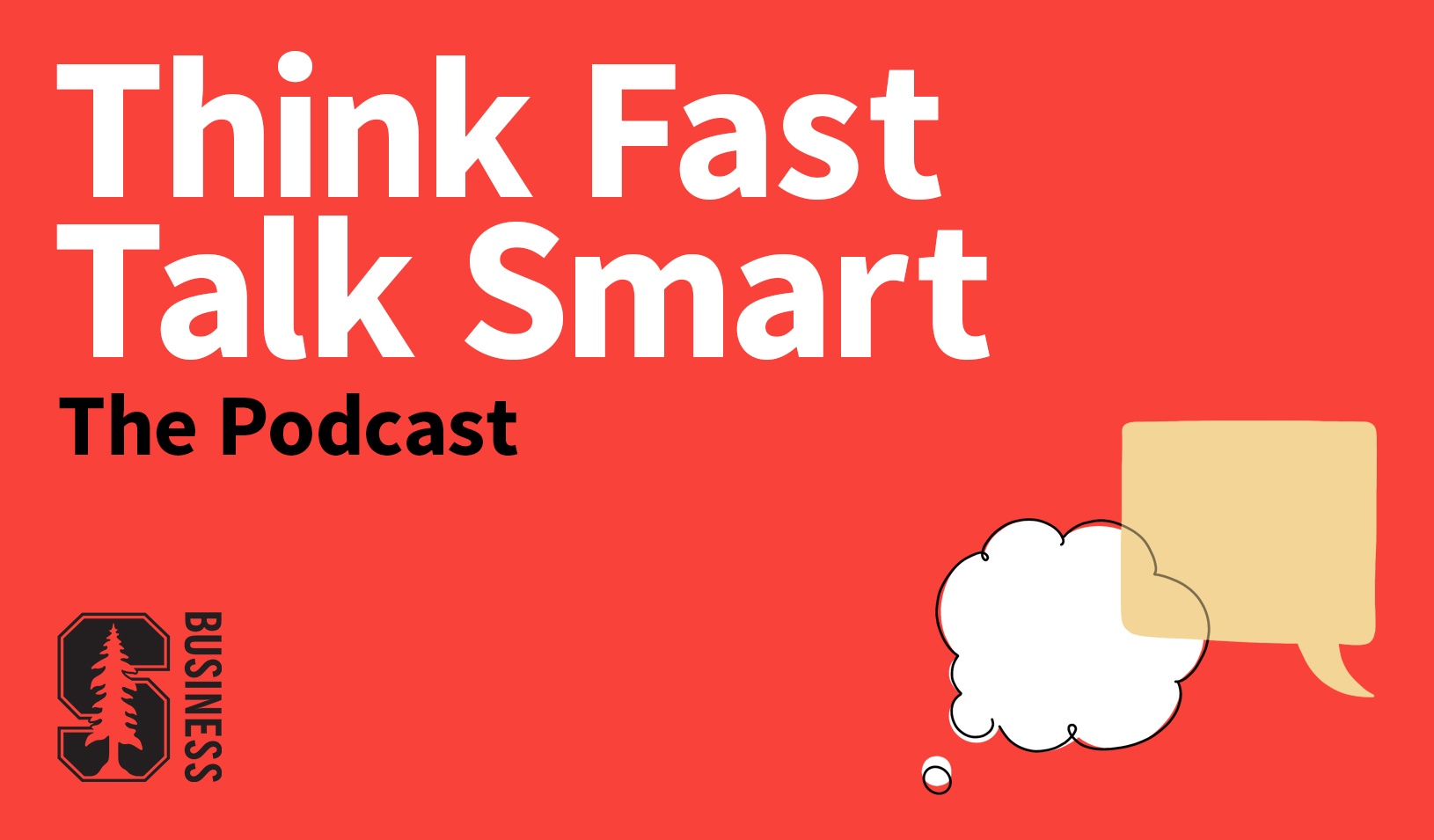
The findings suggest that school administrators can intervene earlier to curb “discipline escalation.”| iStock/LumiNola
Suspension rates in U.S. schools have been dropping over the past decade. But racial disparities in the frequency and severity of school discipline persist: Black students are twice as likely to receive out-of-school suspensions as their white classmates.
Many schools have been trying to close that gap. Yet they may be missing the bigger picture of how discipline unfolds over the school year — and how administrators and teachers can step in sooner to make sure all students are treated equally.
“When you look at these huge data sets from the Department of Education collecting data on discipline, it’s all end-of-year discipline rates,” says Jennifer Eberhardt, a professor of organizational behavior at Stanford Graduate School of Business and a professor of psychology at Stanford University. When that data is crunched at the end of the academic year, it’s too late to make changes that could affect how students are treated in real time. “That’s what leads people to believe that discipline is pretty static and stable, and it’s not. Discipline, and the desire to discipline, can really fluctuate.”
That idea is the crux of a first-of-its-kind study that looks at not only how students are disciplined but when. To track the ebb and flow of discipline patterns, Eberhardt and her coauthors examined four years of data on nearly 47,000 students from 61 middle schools in a large, racially diverse school district. They reached three primary findings: Discipline rates rise as the school year unfolds, particularly following breaks; Black students are disproportionately punished as discipline rates increase; and racial disparities in discipline intensify in schools where significant disparities appear during the first weeks of classes.
Tracking Trouble Over Time
This unique study was made possible by coauthor Jason Okonofua’s connection to the school district, which allowed him to examine its discipline data. “The school district had been under consent decree for many years for disparate impact of the Black students being more likely to get kicked out of school, and the Black students being more likely to be referred to law enforcement and be arrested as well — which is not dissimilar to a lot of school districts in the country,” says Okonofua, an assistant professor of psychology at the University of California, Berkeley. “They were very happy about a science-based approach to look at these things, so they provided us with some really solid access to not just the year-end rates but the exact day when a student received a suspension.”
Listening to the Data
To demonstrate how school discipline rates escalate over time, Eberhardt and her coauthors utilized sonification to show their data. “The dynamic nature of this is really hard to communicate with static graphs,” she says. “We converted our data into sound so that people could hear the discipline rate rising and falling so that they could connect to that.”
While the district had revamped its data collection procedures to better understand its approach to discipline, it had not analyzed how disciplinary actions changed throughout the school year. About half of the discipline incidents in the data were suspensions. Less severe consequences included verbal warnings, calls home, and detentions.
With their colleagues, Sean Darling-Hammond of the University of California, Los Angeles, and Michael Ruiz of UC Berkeley, Eberhardt and Okonofua found that discipline rates were practically zero at the start of the school year. They then climbed quickly through Labor Day and steadily through the weeks leading up to Thanksgiving. “The first big dip we see is right before the Thanksgiving break,” Eberhardt says. “One of the things that surprised us is that the discipline rate just shoots up again immediately after the break. This pattern repeats itself after every major school break across the academic year, and we see this across all four years of the data we had access to.”
For example, at the start of the 2015-16 school year, fewer than 5 students had been disciplined in the district. The discipline rate then jumped about 40 times in the two weeks before Labor Day weekend. By mid-October, 1% of all students had been formally disciplined — over 120 times the rate at the start of the year. Similar patterns occurred for all students across schools, grade levels, and years.
Discipline rates dipped before winter, spring, and summer breaks and then rose sharply after classes resumed. The researchers note that both students and teachers experience less stress and anxiety as holidays approach, which might reduce both misbehavior and punishment.
A Growing Discipline Gap
When the researchers broke the data down by race, they found that Black students were punished at higher rates than white students. This gap widened over the academic year; as the overall discipline rate escalated, it rose more rapidly for Black students. On the first day of school, the disparity between daily discipline rates for Black and white students was around 0.3 percentage points. Right before Labor Day, that disparity grew to 1.2 percentage points. Around Thanksgiving, the gap hit 1.9 percentage points.
However, when the overall discipline rate fell as breaks approached, it dropped more quickly for Black students. In the 10 days leading up to a break, the gap between discipline rates for Black and white students became 41% smaller.
The researchers found that discipline disparities that emerged early in the year widened in the following months. Schools with the biggest initial discipline disparities saw them grow considerably faster than schools with moderate or low disparities. Remarkably, the researchers could anticipate differences in end-of-year discipline rates by race just by seeing how much disparity existed during the first 10 to 20 days of school.
That finding suggests that if school administrators time interventions to coincide with discipline swings, they might curb “discipline escalation” and prevent racial disparities from widening. “If we can detect that early in the year what a school is going to be facing by the end of the year, that means we can get started on doing something about it now,” Okonofua says.
The researchers recommend several possible interventions to lower discipline rates and keep discipline disparities from growing. Schools could take note of their early-year discipline data and make investments to address imbalances in punitiveness. They could adopt interventions that boost students’ sense of belonging early in the school year and provide them access to psychological services during periods when discipline tends to escalate. And professional development focused on implicit racial biases could help teachers to develop more empathy for students and prioritize equitable treatment.
The negative impacts of allowing discipline disparities to persist are well documented. Suspended students are more likely to further misbehave, perform poorly academically, experience depression, and get caught in the criminal justice system. “Many researchers have documented that there’s an increased likelihood of ending up incarcerated, both due to just spending less time in school and more time in neighborhoods that are policed,” Okonofua says. “And once they’re on that path, it’s a lifetime thing; that’s how the school-to-prison pipeline works.”
Eberhardt, the codirector of Stanford SPARQ, a behavioral science “do tank,” hopes this study and its sonification (see video above) will help people feel invested in changing school discipline patterns. Disparities in discipline fluctuate, she says. “They’re not static. They’re not insurmountable.”
For media inquiries, visit the Newsroom.






